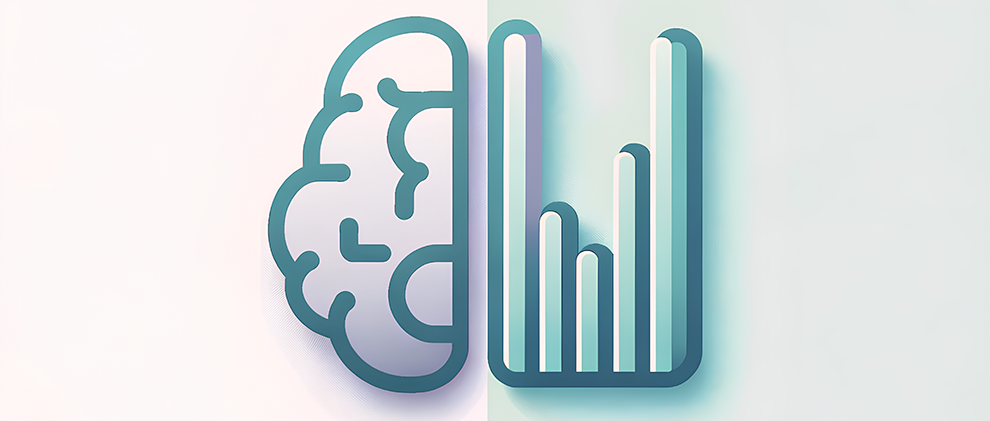The paper by Dow et al. (2010) was insightful and intriguing. The findings showing parallel design is in many ways better to the design process than serial design makes intuitive sense to me. The comprehensive nature of the analysis was also helpful in evaluating the conclusions of the study.
I agree with many of the conclusions represented in study. Creativity does not occur in a vacuum. It needs fostering and room to move/grow. It also needs weak constraints to maintain a connected course. Parallel design seems to foster this approach. It allows the person to try multiple ideas and receive a confluence of feedback, or at least move forward with the most desired design. Conversely, serial processing creates an environment that sustains functional fixedness, or a lack of lateral thinking. A designer creates one design and continues with that initial move, incorporating feedback into the original design, instead beginning again (as this would be counterintuitive to the serial designer). Thus, the designs become stagnant (not always, of course).
It is interesting to note, that as an academic, I tend to work in both ways. When designing experiments from the ground up, it makes the most sense to discuss multiple ideas. However, serial design comes into play when using a design already created and just tweaking it. While this has scientific implications above just designing experiments, it can be a place where a researcher gets stuck. When writing a paper, it is difficult to not think of the paper linearly, or serially. What I need to do is realize the disconnect and approach writing a paper with parallel design in mind.
I see many parallels (hah!) with this paper and next class’s topic of solution generation of the educational challenges the class has proposed, as well as the next mini-assignment for the overall group project. For the massive brainstorm session in the next class, this could be considered a parallel design process–multiple ideas from multiple sources happening concurrently. Similarly, the group mini-assignment of creating multiple design ideas is very much like the parallel condition in the study; we generate ideas on how to solve our educational challenge and then receive feedback on those ideas before moving forward with a design.
